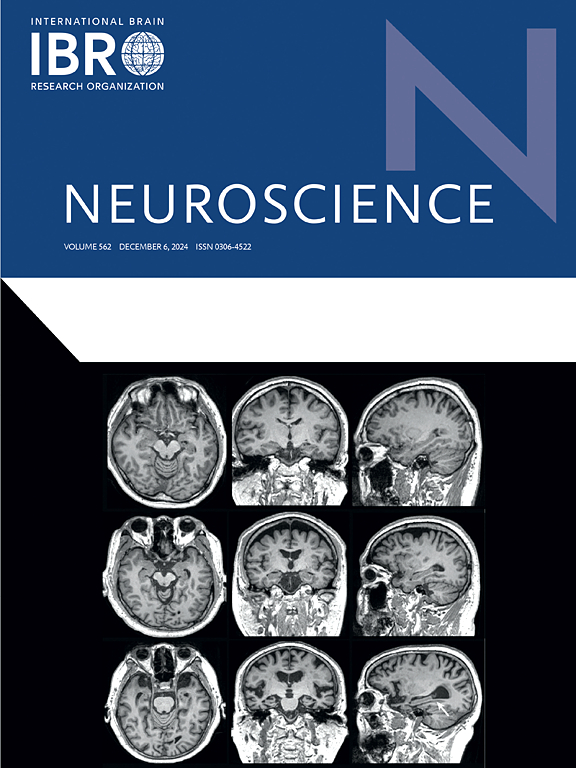Tangeretin enhances sedative activity of diazepam in Swiss mice through GABAA receptor interaction: In vivo and in silico approaches
IF 2.9
3区 医学
Q2 NEUROSCIENCES
引用次数: 0
Abstract
The citrus peel flavonoid tangeretin (TAN) has diverse biological activities, including antioxidant, anti-inflammatory, antitumor, hepatoprotective, and neuroprotective effects. This study investigates the sedative effects of TAN, in Swiss albino mice using in vivo and in silico approaches. TAN (10 and 20 mg/kg, i.p.) was administered alone and in combination with diazepam (DZP, 2 mg/kg, i.p.) and flumazenil (FLU, 0.1 mg/kg, i.p.) to evaluate its impact on thiopental sodium (TS)-induced sleep, locomotor activity, and dark-light behavior. Results demonstrated that TAN at 10 mg/kg significantly (p < 0.05) reduced sleep onset latency and increased sleep duration, with a synergistic effect observed when combined with DZP. In locomotor activity tests, TAN dose-dependently decreased the distance traveled, while the combination with DZP further enhanced this effect. Dark-light tests revealed that TAN increased dark residence time, indicating potential anxiolytic properties. Molecular docking studies showed that TAN binds to the GABAA receptor (α1 and β2 subunits) with a binding affinity of –6.6 kcal/mol, suggesting its interaction with GABAergic pathways. Pharmacokinetic analysis indicated high intestinal absorption and compliance with Lipinski’s rule of five, with a favorable safety profile (LD50 = 5000 mg/kg). Overall, TAN enhances the sedative effects of DZP through GABAA receptor modulation, highlighting its potential as a natural sedative agent. Further research should explore the long-term effects, bioavailability, blood–brain barrier permeability, and synergistic interactions of TAN, with comprehensive in vitro studies and clinical trials needed to validate its potential as a natural sedative.

求助全文
约1分钟内获得全文
求助全文
来源期刊

Neuroscience
医学-神经科学
CiteScore
6.20
自引率
0.00%
发文量
394
审稿时长
52 days
期刊介绍:
Neuroscience publishes papers describing the results of original research on any aspect of the scientific study of the nervous system. Any paper, however short, will be considered for publication provided that it reports significant, new and carefully confirmed findings with full experimental details.
 求助内容:
求助内容: 应助结果提醒方式:
应助结果提醒方式:


